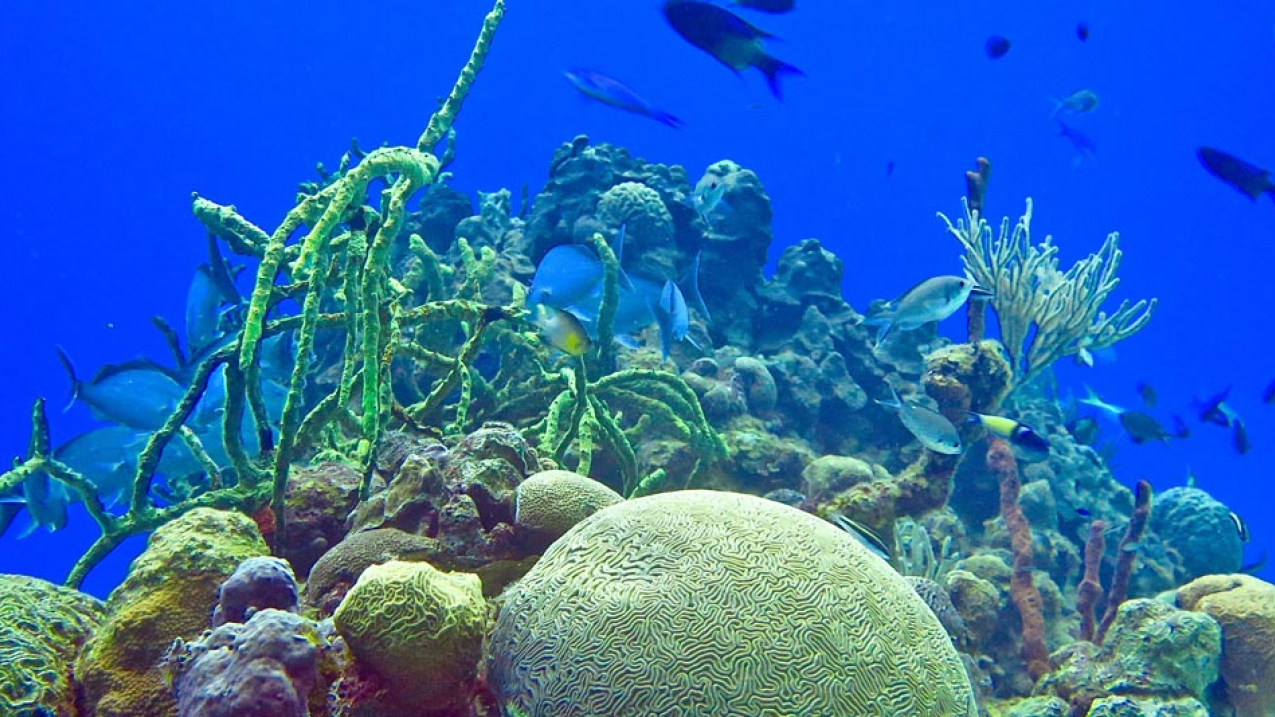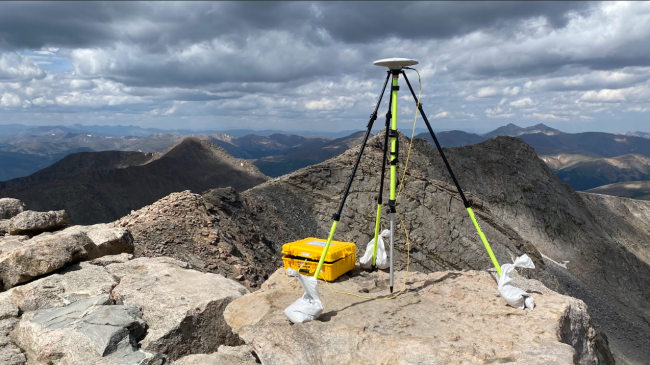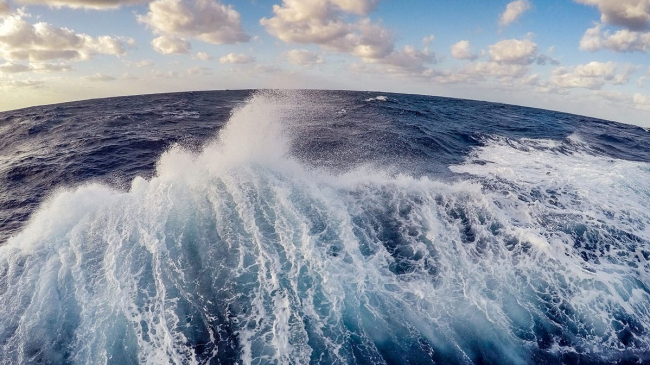
Fish and corals at Guanahacabibes National Park in Cuba (Image credit: Kristin Hettermann, Grace Delivers)
When Barack Obama becomes the first president to visit Cuba since Calvin Coolidge, his visit next week will highlight not only a new course in international relations, but showcase on-going scientific collaborations with the country only 90 miles off the Florida coast.

"Ocean currents know no boundaries,” said Billy Causey, regional director of NOAA’s Office of National Marine Sanctuaries' Southeast Atlantic, Gulf of Mexico and Caribbean region. “They’re a conveyor belt, moving important marine life between our countries. Working together will help us better preserve these natural resources to benefit people in both our countries.”
Late last year, NOAA, the U.S. National Park Service and Cuba’s National Center for Protected Areas agreed to share research to help the countries work together on some of the Caribbean’s most ecologically significant resources.
The countries will first focus on five sensitive environmental areas--Cuba’s Guanahacabibes National Park, including its offshore coral reefs at Banco de San Antonio; NOAA’s Flower Garden Banks and Florida Keys national marine sanctuaries; and the Park Service’s Dry Tortugas and Biscayne national parks.
Banco de San Antonio’s coral reef is home to more than 100 species of fish, 15 species of coral, 40 species of sponges, sea turtles and other marine life. The health of the reefs in Cuba and the U.S. are intertwined. NOAA scientists will compare the Cuban coral reefs, known to be some of the most pristine in the region, with nearby reefs in United States waters. This will help us understand how climate change and other human effects are affecting these valuable ecosystems. Coral reefs provide habitat for fish, create protective buffers from storms for coastal communities and generate millions of dollars in tourism and economic vitality.
Scientists from the two countries are also planning collaborative fisheries and oceanographic research. In 2015, Cuban marine scientists joined with NOAA oceanographers and fisheries biologists aboard NOAA Ship Nancy Foster for a two-month survey of fish larvae in Cuba’s coastal waters. The research was part of a long-term study of Atlantic bluefin tuna, a highly threatened and commercially valuable species. The research, which continues this spring, will help improve tuna stock assessments for the western Caribbean and the Gulf of Mexico.
“We’re going to learn a great deal from Cuban marine scientists and be able to share with them what we know about the region,” said Jim Hendee, a coral ecologist at NOAA’s Atlantic Oceanographic and Meteorological Laboratory. “Adding environmental information from these habitats is like finding the missing piece of a puzzle. It will help both countries improve our decisions about the management of the larger marine ecosystem.”



